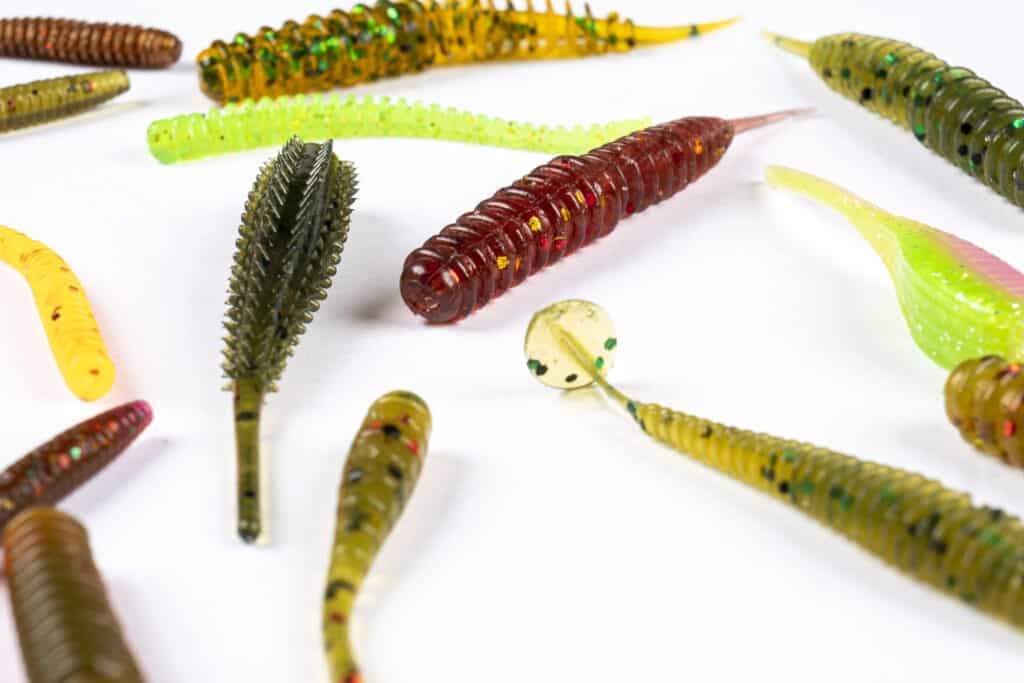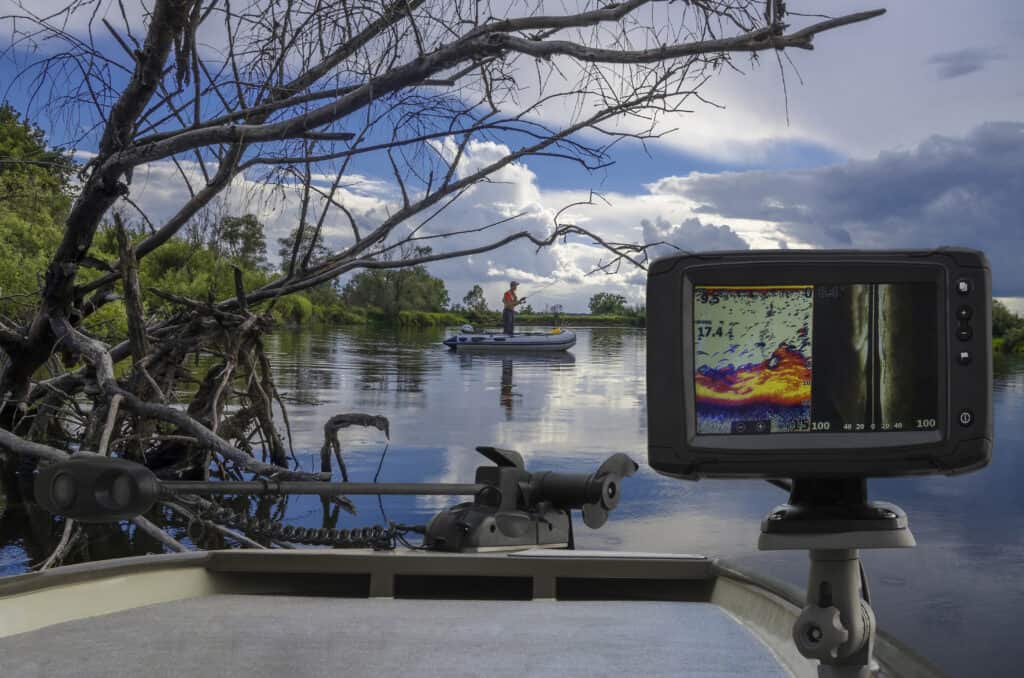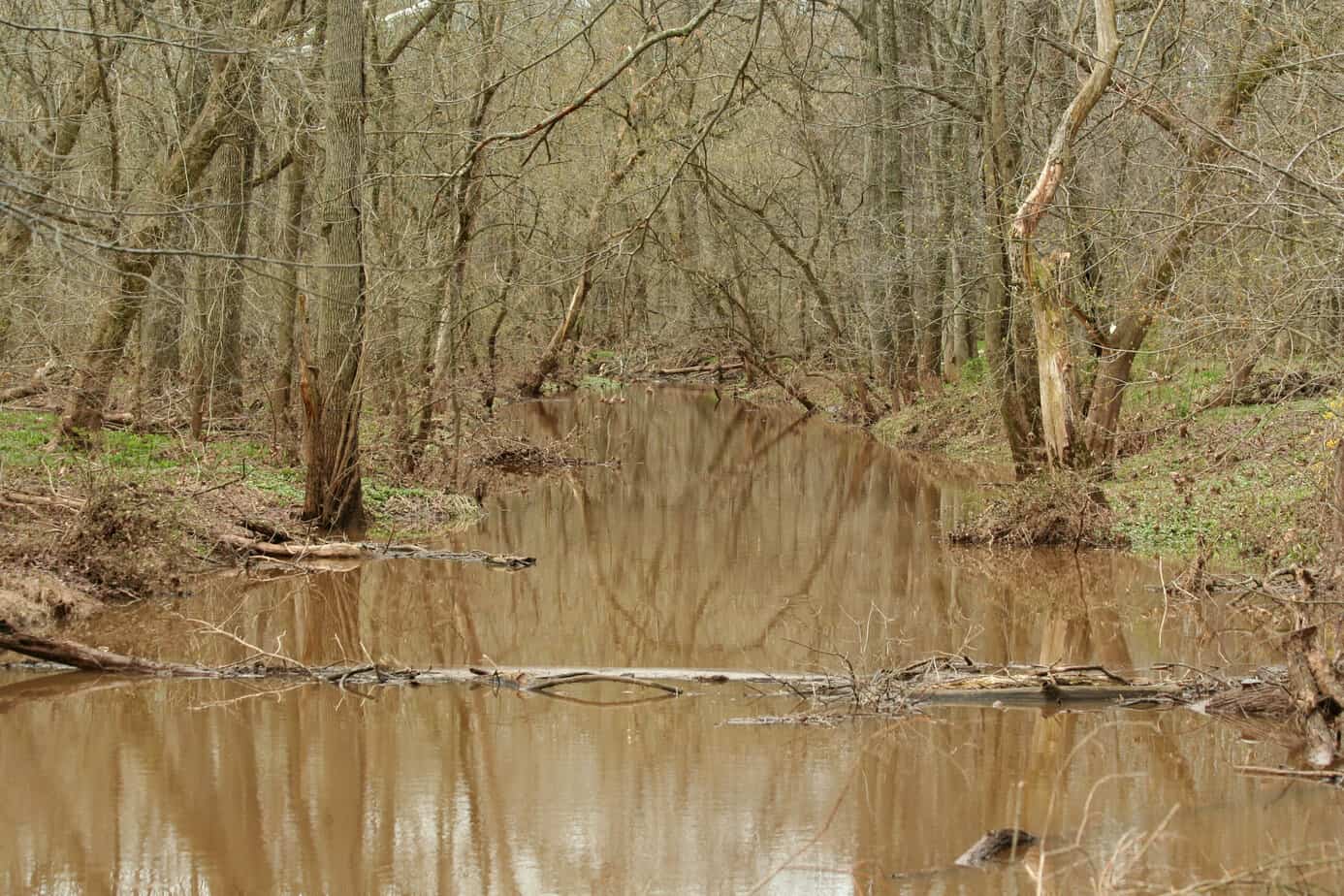Crappie fishing in muddy water can be challenging, but with the right techniques and tools, anglers can still have a successful catch.
Muddy water can make it difficult for crappie to see bait, but it can also create cover that crappie use to hide from predators.
One of the keys to catching crappie in muddy water is to use the right bait and lures.
Going with natural baits like live minnows and scent-tipped jigs can be effective, as can using black or chartreuse-colored artificial lures.
Additionally, anglers should look for crappie to hold next to any wood cover that has recently been submerged by rising water.
Another important factor to consider when fishing for crappie in muddy water is the time of day.
While early morning and evening hours may be best under normal conditions, fishing for muddy-water crappie may actually be best on sunny days.
By combining the right bait and lures with the right location and time of day, anglers can increase their chances of a successful catch even in muddy water.
Understanding Muddy Water
When it comes to crappie fishing, muddy water can be a challenge. However, understanding the characteristics of muddy water can help you catch more fish.
Muddy water is typically caused by heavy rain, wind, or other weather conditions that stir up sediment and debris in the water.
One of the main challenges of fishing in muddy water is reduced visibility.
Crappie rely heavily on their sense of sight to locate prey, so they may be less active and more difficult to catch in murky water.
However, there are a few things you can do to increase your chances of success.
Pay attention to the water temperature
Crappie tend to be more active in warmer water, so try to fish in areas where the water is a few degrees warmer than the surrounding water.
Look for areas with cover
Crappie tend to congregate around cover such as fallen trees, brush piles, and other structures.
In muddy water, these areas may be easier to spot because they will create a contrast with the surrounding water.
Use scented baits
In murky water, crappie may rely more on their sense of smell to locate prey. Using scented baits such as jigs or live minnows can help attract fish to your line.
Remember, fishing in muddy water requires patience and persistence. Don’t be afraid to experiment with different techniques and baits until you find what works best for you.
Finding Crappie in Muddy Water
Using Sonar
When fishing in muddy water, using a sonar device is crucial to locating crappie.
Sonar (fish finder) will help you identify the depth and structure of the water, making it easier to locate schools of crappie.
Look for areas with a lot of baitfish, as crappie are often found in areas where baitfish are present.
Identifying Structure
Identifying structure is another important aspect of finding crappie in muddy water.
Look for stumps, logs, and other structures that crappie like to hide around.
These structures provide cover for the crappie, making them more likely to be in the area.
When fishing around structures, be sure to cover the entire area around the structure, as crappie may be hiding in any direction.
Fishing at the Right Depth
Fishing at the right depth is also important when fishing for crappie in muddy water.
Crappie may be found at different depths depending on the time of day and water temperature.
In general, crappie will be found in deeper water during the day and shallower water during the morning and evening.
Experiment with different depths until you find where the crappie are biting.
By using sonar, identifying structure, and fishing at the right depth, you can increase your chances of catching crappie in muddy water.
Remember to be patient and cover as much area as possible when fishing for crappie in muddy water.
Choosing the Right Lures and Baits

Jigs
Jigs are one of the most popular lures for crappie fishing in muddy water.
They come in a variety of colors and sizes, but it’s best to stick with darker colors such as black, brown, or dark green.
The key is to choose a jig that is heavy enough to sink through the murky water quickly and reach the fish. A 1/8 or 1/16-ounce jig is usually sufficient.
When choosing a jig, look for one with a feather or hair tail.
This will create a lifelike movement in the water, which can attract crappie even in the murkiest of waters.
Additionally, jigs with a scent or flavor added can be effective in attracting crappie.
Plastic Baits
Plastic baits can also be effective in muddy water. Look for baits with a paddle tail or curly tail, as these will create a lot of movement in the water.
Again, darker colors are best, but you can also try using brighter colors such as chartreuse or pink to increase visibility.
When fishing with plastic baits, it’s important to use a slow and steady retrieve.
This will allow the bait to move naturally through the water, mimicking the movements of a live baitfish.
Live Baits
Live baits such as minnows or worms can also be effective in muddy water.
The scent and movement of live bait can be irresistible to crappie, even in low visibility conditions.
If you choose to use live bait, make sure to keep it fresh and alive. Use a small hook and a split shot sinker to keep the bait at the right depth.
Slowly jig the bait up and down to create movement and attract crappie.
Techniques for Catching Crappie in Muddy Water
Slow Trolling
Slow trolling is a popular technique for catching crappie in muddy water.
Anglers should use a small jig or minnow and troll slowly along the edges of cover objects like logs, stumps, and brush piles.
The key is to keep the bait at the right depth, which is usually around 6-12 feet deep.
Anglers can use a depth finder to help locate the right depth.
Slow trolling allows the bait to stay in the strike zone longer and increases the chances of catching crappie.
Vertical Jigging
Vertical jigging is another effective technique for catching crappie in muddy water.
Anglers should use a small jig or minnow and drop it straight down to the bottom.
Once the bait touches the bottom, anglers should lift the bait up a few inches and let it fall back down.
The key is to keep the bait in the strike zone, which is usually around 6-12 feet deep, depending on water temperature, time of year, etc.
Vertical jigging allows anglers to cover a lot of water quickly and locate schools of crappie.
Casting and Retrieving
Casting and retrieving is a technique that works well in muddy water when crappie are actively feeding.
Anglers should use a small jig or minnow and cast it out near cover objects like logs, stumps, and brush piles.
Once the bait hits the water, anglers should retrieve it slowly, keeping the bait in the strike zone.
The key is to vary the retrieve speed and depth until the crappie start biting.
Casting and retrieving allows anglers to cover a lot of water and locate active feeding areas.
Overall, these three techniques are effective for catching crappie in muddy water.
Anglers should experiment with different baits, colors, and depths until they find what works best for them.
It’s important to be patient and persistent, as crappie can be finicky in muddy water.
By using these techniques and staying focused, anglers can increase their chances of catching crappie in muddy water.
Tips and Tricks
Using a Fish Finder

When fishing in muddy water, it can be difficult to locate the crappie.
One useful tool to help with this is a fish finder. A fish finder can help locate schools of crappie and give you a better idea of where to cast your line.
Make sure to adjust the sensitivity of the fish finder to account for the murky water.
Staying Patient
Catching crappie in muddy water requires patience. It may take some time to find the right spot and lure to attract the crappie.
It’s important to stay patient and not give up too quickly. Keep trying different lures and techniques until you find what works.
Fishing at the Right Time
Fishing at the right time can make all the difference when trying to catch crappie in muddy water. Early morning and late afternoon are typically the best times to fish for crappie.
During these times, crappie are more active and more likely to bite.
Additionally, fishing during a full moon can also increase your chances of catching crappie.
Overall, catching crappie in muddy water can be a challenge, but with the right tools and techniques, it can be done.
Remember to use a fish finder to locate the crappie, stay patient, and fish at the right time for the best chance of success.

